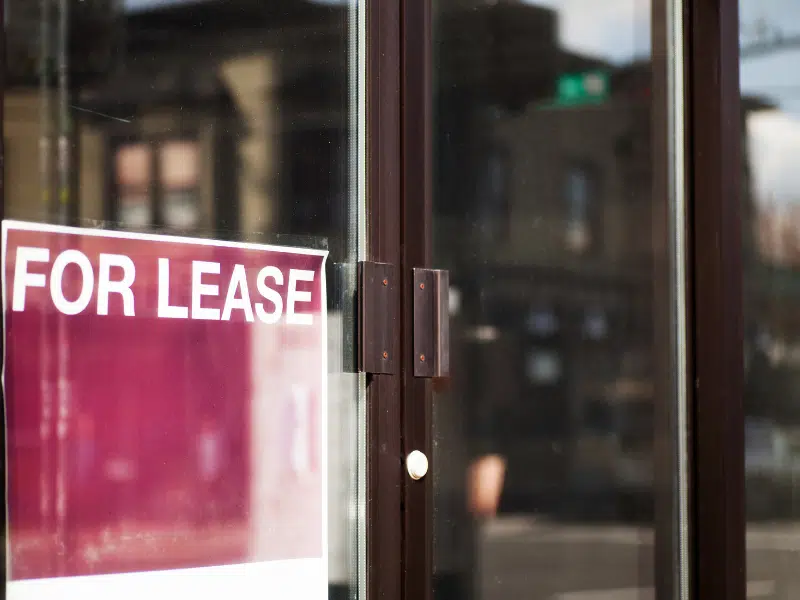Following the pandemic and its impact on the retail and restaurant sector, turnover rents are becoming increasingly popular in leases within this sector. Turnover rent typically means a tenant pays a discounted market rent as a base rent plus a ‘turnover rent’ on top which is an agreed percentage of the tenant’s gross turnover above the base rent/an agreed threshold.
But what are the pros and cons of this mechanism for landlords and their tenants?
Pros
- Turnover provisions can ensure both the landlord and the tenant remain invested in the success of the business being carried out at the property. If the business does well, the tenant benefits from higher turnover and the landlord benefits from higher rent.
- The tenant pays a lower base rent which can be beneficial in difficult trading conditions or where the tenant is starting a new business, and any turnover rent paid is directly linked to their trade from the property.
- Landlords receive some rental income rather than having vacant units, and tenants pay insurance, service charge and rates relating to the property.
Cons
- Successful tenants will end up paying more rent than their less successful counterparts.
- Tenants can have concerns over the requirements to share sensitive business information with their landlord. Landlords will argue they need visibility on this information to be confident the turnover rent being paid is accurate.
- Landlords often want to include strict keep open provisions to ensure the tenant is actively trading and mechanisms to enable the landlord to recover rent where the tenant fails to open for trade. Consideration is needed here to ensure tenants aren’t penalised for legitimate closures, e.g., carrying out alterations.
- There can be difficulty in classifying what the turnover figure should be, particularly where there are click and collect and takeaway sales from the property. This can lead to disputes where the turnover provisions in the lease are not properly drafted.
- Turnover provisions can add an additional complexity to assignment and underletting as an incoming assignee’s/undertenant’s business will have a different predicted turnover. Landlords will be keen to ensure this doesn’t negatively impact the amount of turnover rent they receive which could make assignment/underletting more difficult for the tenant.
Regardless of the pros and cons, it looks like leases with turnover rents are here to stay. Accurate drafting of any turnover provisions in a lease is essential, and once achieved can be beneficial for both parties to the lease.
The Hamlins Real Estate team has extensive expertise in commercial transactions and negotiating leases for occupiers in the retail and leisure sector. We seek to obtain the best outcome possible for every client. If you would like to find out more about how Hamlins can help you, please get in touch.




